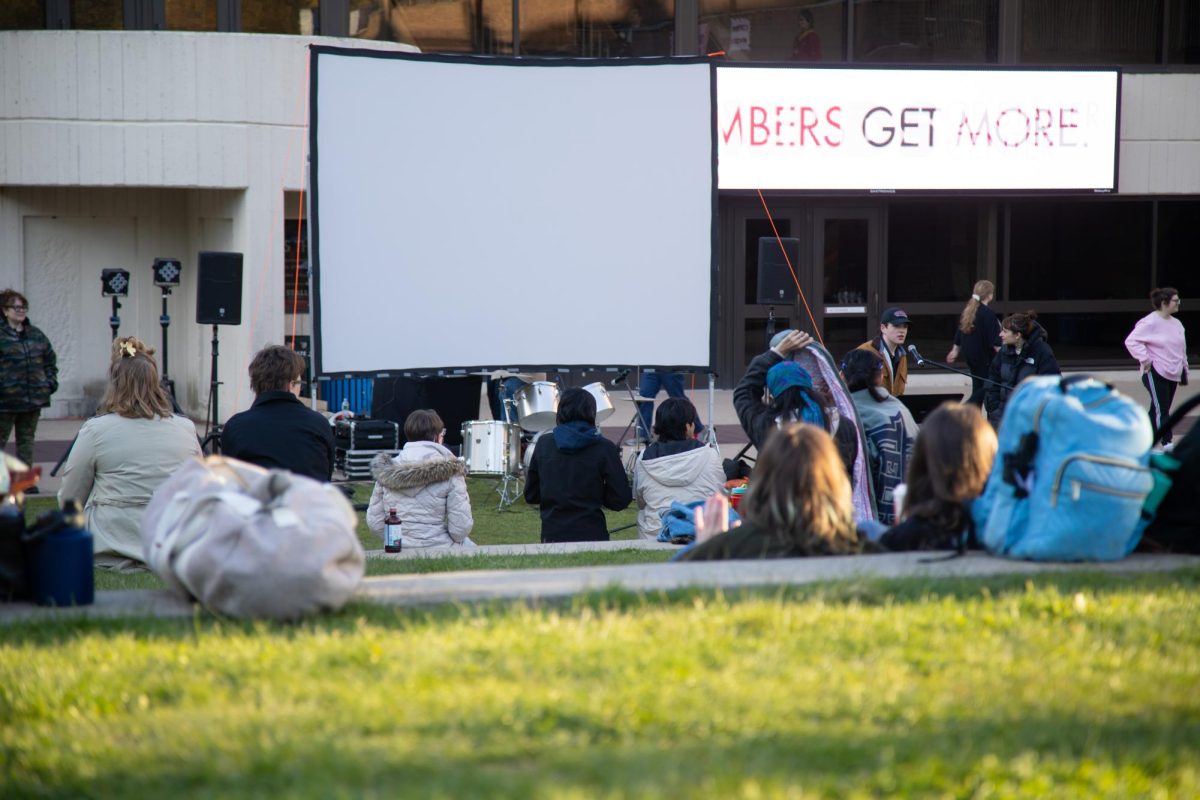
Today, the average adult is holding off on saying, “I do.” For some adults, it might be forever. Others are just waiting.
“I think this reflects very well on our hookup culture,” Nathan Blazon-Brown, a sophomore biochemistry major at Stony Brook University, said. “A lot of people are floating around, not looking for a committed relationship. There are some people I do see looking for a relationship, but for the most, part I think people are looking for that casual hookup.”
New research by the Pew Research Center revealed the average age to get married is 27 for women and 29 for men. In the 1960s, the average age to get married was 20 for women and 23 for men.
“The increasing age of partners at the incidence of marriage is probably a result of the changed status of women, which gathered steam in the 1960s,” Norman Goodman, a sociology professor at SBU, said. “As women became more equal, more women increased their educational level and also entered the workforce, two factors that made them less dependent on marriage for financial support and more willing and able to delay marriage.”
College students keep stressing the same thing when it comes to marriage: they want to be financially secure before they tie the knot.
“I think it is better for people to wait until they are financially secure to get married because more often, people have loans from college to pay off in addition to saving money for a wedding,” Megan Pantaleo, a senior marine vertebrate biology major, said. “Also I think it is better to start off a marriage with both parties on good financial terms.”
Students and professors across Stony Brook’s campus agree college is a great place for young adults to meet a significant other who shares similar interests and goals.
In addition, both parties agree there is less of a focus on a “Mrs. Degree,” a term used to describe females who go to college just to find a husband.

“My general impression is that compared with about 50 to 60 years ago, college is less about getting a Mrs. than a BA/BS,” Goodman said. “Also, the greater sexual freedom afforded in college, especially residential colleges, to experiment with relationships allows considerable freedom and flexibility in finding the right significant other.”
Similarly, the percentage of people who have never been married is also growing.
The Pew Research Center reported that in 2012, one-in-five adults ages 25 and older had never been married, totalling about 42 million people. Conversely, in 1960, only one-in-ten adults in the same age group, about nine percent of adults, had never been married.
“I think that society is putting less emphasis on marriage so much that it is, or will be soon, no longer the norm to get married then have children,” Pantaleo said.
The analysis also states that out of the never-married adults, almost half of them would like to be married eventually.
Psychology professor Daniel O’Leary compared this to how young adults at Stony Brook feel about getting married in general.
“I think it’s just like the younger people here at Stony Brook,” O’Leary said. “The vast majority of my students say yes to wanting to be married even if the statistics say that almost 50 percent of marriages end in divorce.”
Still, there is a group of people who will never walk down the aisle.
“Nearly half of the population is getting divorced and then there is a large segment of the population that has kids, but never marries,” O’Leary said. “It’s not like the 1950s anymore where people had two kids, a dog and a jeep. We just aren’t there anymore.”
While being in a relationship where the couple raises a family and never marries is seen as a more modern thing in America, this is socially normal in other parts of the world.
“In Europe and Canada, you have large segments of the population that don’t marry at all,” O’Leary said. “They live together, have children, but just don’t get married. It seems to be a social thing.”
Today more and more people in America have the mentality of “why marry just because we have a kid,” according to O’Leary.
In 2010, O’Leary and two others at SBU published a study about premarital cohabitation and the effects of living together on couples in the Journal of Marriage and the Family.
The studies found that those who lived together but did not get married were more likely to separate. However, those who were engaged and lived together were just as likely to have a successful of relationships as those who were married.
“The answer as to what those figures say about our society and our value of marriage is complicated,” Goodman said. “I am a romantic who still sees value in getting married. For one, it is an indication of a stronger level of commitment to your partner and the relationship than for those who are cohabiting or are involved in a series of hookups.”
But whether these trends continue or not, students and professors agree there is no such thing as a traditional family or relationship anymore.
“Everyone is different and every relationship is different, so you don’t necessarily have to follow the statistics,” Blazon-Brown said. “I am still dating the same girl from high school and that’s not statistically normal, but it works for us.”









